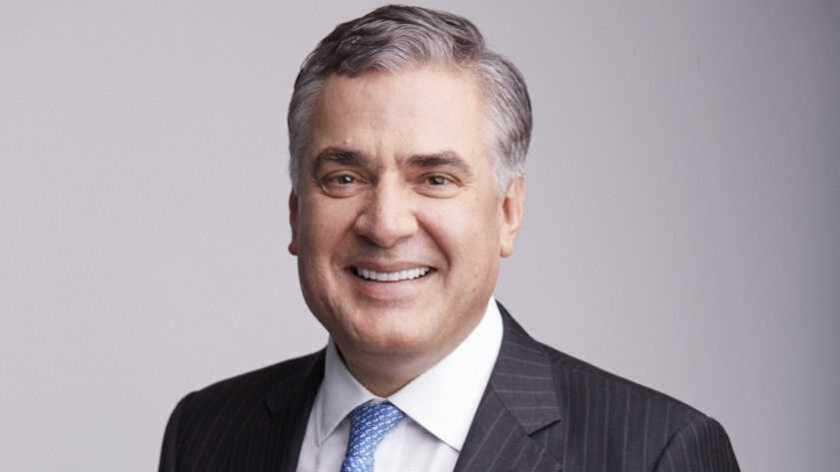The revelation came during the company’s Q4 2019 earnings call. During the conference call Joe Natale (pictured) Roger’s president and chief executive officer confirmed that the Canadian telco plans on spending approximately $3 billion in 2020 “to build Canada’s communication infrastructure”.
However, this investment is at risk according to Natale, there isn’t the right regulation.
“As we enter the world of 5G, regulatory certainty is critical to investment,” he said. “We need regulation that encourages investment and fuels innovation. Punitive regulation will slow or worse stall 5G deployment. And expansion of rural connectivity will happen at a snail's pace, if at all.”
His comments come as the country’s Liberal government sets out to meet its election promises to cut mobile cost by 25% as well as its pledge to give the countries MVNOs more network access.
At present, the Canadian Radio-television and Telecommunications Commission (CRTC), is reviewing whether or not it should mandate that the major telcos, BCE, Rogers Communications, Telus and Shaw Communications, should give network access to the MVNOs who say they are effectively shut out.
In February CRTC stated, “It is the Commission’s preliminary view that it would be appropriate to mandate that the national wireless carriers provide wholesale MVNO access as an outcome of this proceeding.”
“The Commission considers that, on balance, it is likely that the benefits that a well-developed MVNO market would deliver to Canadians are now more likely to outweigh any negative impacts that a policy of mandated wholesale MVNO access might have on wireless carriers’ network investments, particularly given the extensive investments that have been made in recent years.”
In response to these changes, the telcos have hit back saying that the MVNOs do not contribute to building the costly infrastructure required to deliver these services and in forcing it to provide greater network access it will affect future investments.
For the quarter, Rogers reported $3.95 billion in revenues and indicated that the first half of 2020 would be ‘muted’ in terms of growth before returning back to growth in the second half.






